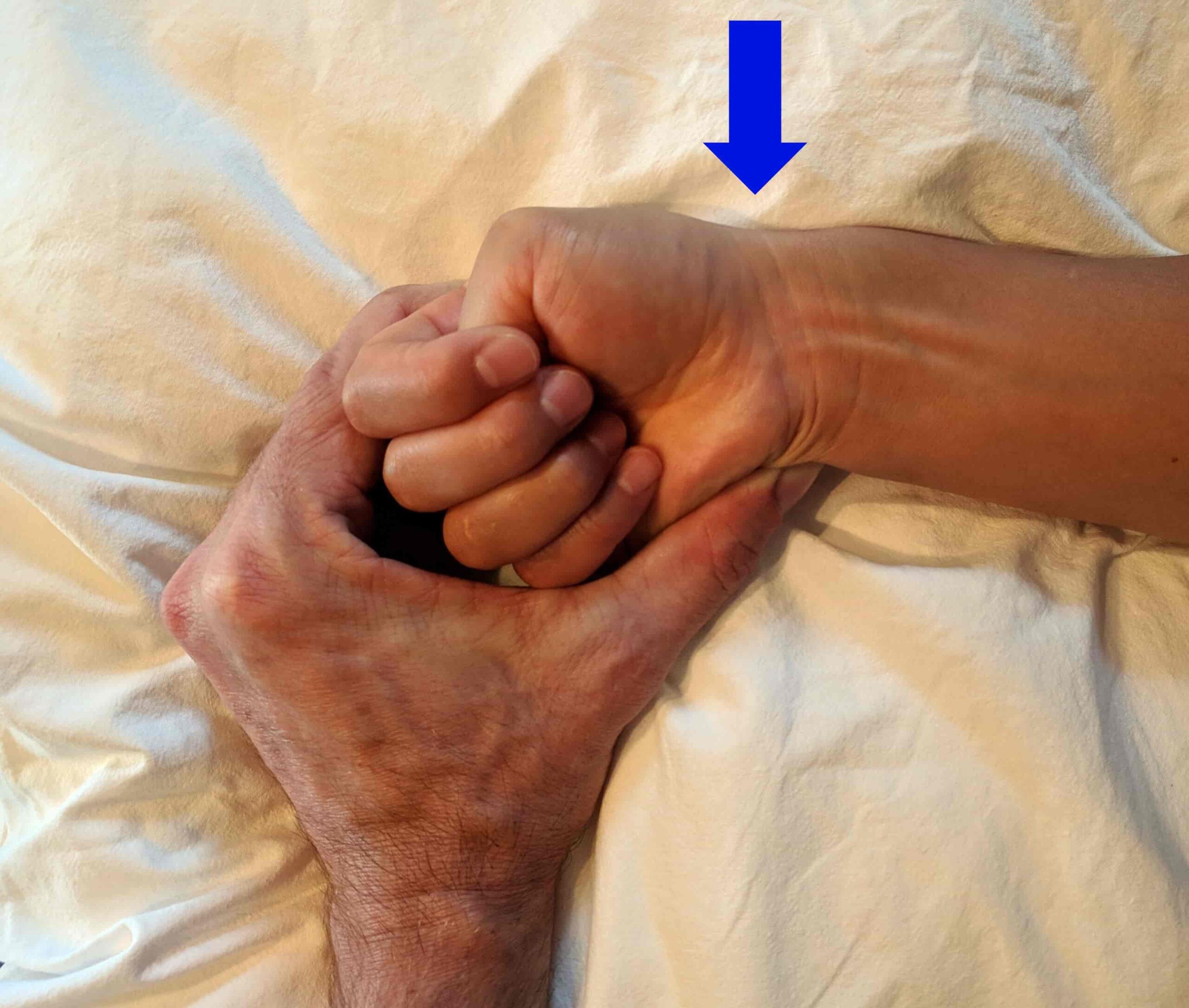Are you facing consistent pain when you are twisting your wrist or grasping items between your thumb and fingers? If yes, then it can be an indication of De Quervain’s Syndrome or what we generally called de Quervain tenosynovitis. Now you must be probably wondering, what is this de Quervain tenosynovitis all about. What are its causes and treatment? You must be wondering about de Quervain tenosynovitis natural treatment. Don’t you? If yes, no worries, we are here to educate you on this all.

What is De Quervain’s Syndrome?
Before you know about De Quervain’s Syndrome, you must know what are tendons? Tendons are strong fibrous tissues whose basic function is to connect the muscles to the bones. Now when these tendons that control the thumb become inflamed, it gives rise to a syndrome known as De Quervain’s Syndrome.
This condition basically happens when the tunnel that surrounds these tendons becomes narrower due to tissue changes. The thing is when the lining of the tunnel becomes thick, there becomes a shortage of space within. Thus it exerts pressure on the tendons.
So during the movement of tendons in response to thumb or hand movement inflammation takes place. This is the reason why you experience pain in the thumb along with the side of the wrist where the thumb is situated.
This is not it, you will also experience visible redness and swelling around the base of the thumb in some cases. This gives you discomfort during motion. When this syndrome starts developing you start facing problems in grasping small objects. You will also start feeling discomfort and pain while twisting the affected wrist.
Causes
Although the exact cause of De Quervain’s Syndrome is not known yet. It basically happens due to the repetitive use of the wrist and thumb. Some other reasons include inflammatory conditions and injury in that particular area.
Treatment
When it comes to the treatment of De Quervain’s Syndrome, It is basically aimed at reducing inflammation; preserving thumb movement, and preventing recurrence. There are many ways of De Quervain’s Syndrome treatment. You can consult a doctor for medication and surgery or you can go for de Quervain’s tenosynovitis natural treatment. Let us discuss some of the common and effective ones.
It is good to immobilize your thumb and wrist as maximum as possible. You can keep them straight with the help of a splint or brace. This will provide rest to your tendons.
It is advised to avoid repetitive thumb movements. You are required to avoid pinching with your thumb especially when you move your wrist from one side to another.
Applying ice is one of the natural ways to treat de Quervain tenosynovitis.
If this is not enough, you can see a physical or occupational therapist. You will be given some exercises which if done on a regular basis will prove effective. Let us go through some exercises.
You can go with thumb lifts. Here you have to place your hand on a flat surface. Keeps your palm facing up. Now you have to rest the tip of your thumb at the base of your fourth finger.
Once done, lift your thumb away from your palm. Make sure it is nearly perpendicular to the forefinger side of your hand. This will make you feel a stretch both at the back of your thumb and across the palm. You need to hold that extended position for about 6 seconds. Once the time is completed, release that position. You have to repeat this activity by about 8-12 times.
Place your hand on a table while keeping your palm facing upward. Now you have to lift both of your thumb and pinky. Now you have to apply gentle pressure on the tips of your thumb and pinky together. This will make you feel stretched at the base of your thumb. You have to hold this position for about 6 seconds. Repeat this activity 10 times.
Bring your hand in front of you as you were going for a handshake. If you are facing difficulty in doing it freely you can take the help of the table. Once done, use your other hand to bend your thumb down at the base of the thumb. This will create a stretching both at the base of your thumb and inside your wrist. Hold this position for about 15 – 30 seconds. Repeat this exercise 5-10 times and you are done.
Extend your arm in your front while keeping the palm facing upward. Now hold a small weight in your hand and start lifting your wrist in an upward direction. This will make you feel stretched, especially at the back of your hand. Now slowly bring your wrist back to its initial position. You have to perform 2 sets while keeping 15 reps in each.
Extend your arm in front while keeping the face of your palm downward. Now hold a small weight as per your comfort level and slowly start bending your wrist up and back. This will make you feel stretched at the back of your hand and wrist. Once done, slowly bring back your wrist to the original position. You have to perform 2 sets of this exercise while keeping 15 reps in each set. Once you start gaining strength, you can increase the weight.
Extend your arm in front while your palm facing inward. Now hold weight and keep your thumb on the top. For balance, you can keep your forearm on the table. Your wrist must be positioned over the edge. This will provide you with extra support.
Now keep your forearm in a stationary position and gently start bending your wrist up. Your thumb must be moving up toward the ceiling. This will make you feel stretched at the base of your thumb especially where it meets your wrist. Now slowly lower your arm back to its initial position. You have to perform 2 sets of this exercise while keeping 15 reps in each.
Conclusion: De Quervain’s Syndrome is one of the common diseases that occur in aged peoples, especially women. When it comes to its treatment there are many exercises that you can do at home. The exercise will help you to alleviate symptoms and speed up your recovery. Some of the exercises are presented to you here.




